
- Services .
- Industries .
- Company .
Explore detailed insights, expert opinions, and updates in our blog. Stay informed, discover new perspectives, and enhance your knowledge with every read.
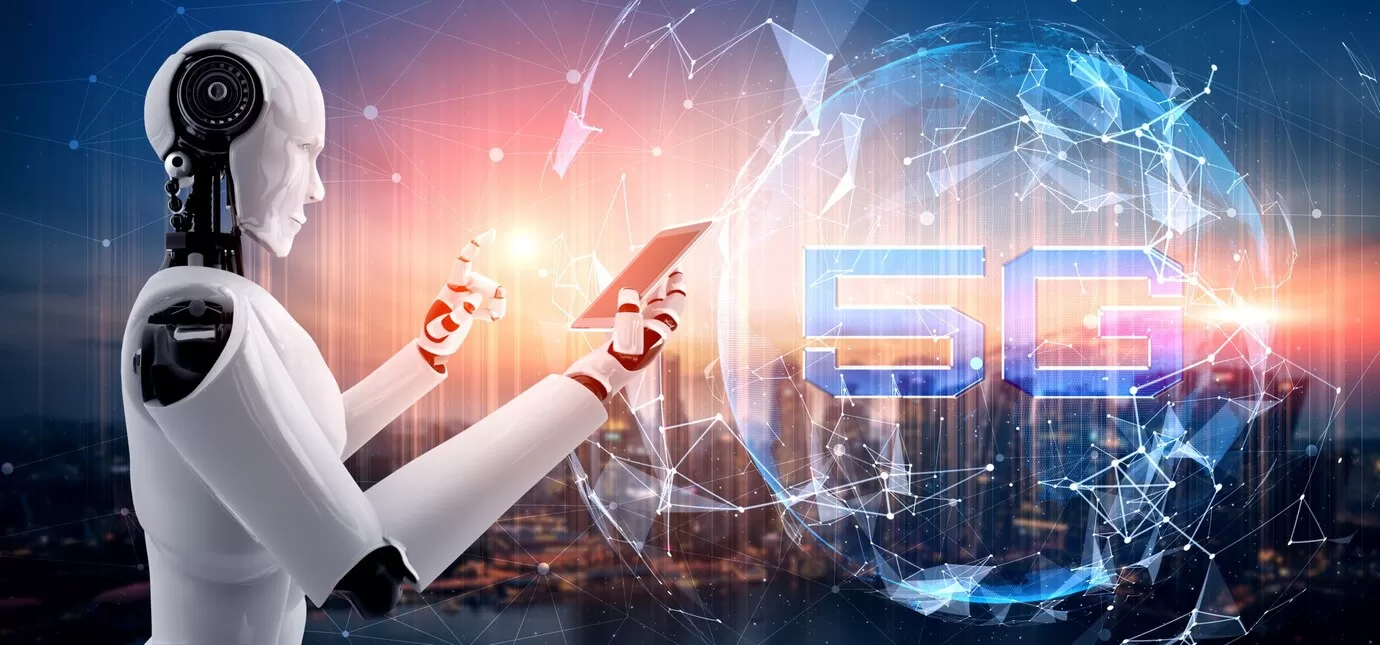
The telecom industry is undergoing a profound transformation, fueled by the convergence of Artificial Intelligence (AI) and 5G technology. Separately, each is a game changer. Together, they’re creating intelligent, high-speed, and hyper-responsive communication networks capable of powering everything from smart cities to autonomous vehicles.
This blog explores how the AI–5G convergence is not just reshaping telecom operations—it’s redefining how we connect, communicate, and compute.
5G delivers blazing-fast connectivity and ultra-low latency. But to unlock its full potential, networks need to be smarter and more adaptable—which is exactly where AI comes in.
5G enables speed and scale. AI enables intelligence and automation.
Together, they offer:
· Real-time decision-making across the network
· Automated resource allocation and load balancing
· Predictive maintenance and failure prevention
· Personalized customer experiences and faster support
AI allows 5G networks to self-monitor and self-correct by:
· Identifying traffic congestion in real time
· Rerouting data automatically
· Allocating bandwidth based on priority usage (like autonomous vehicles or AR)
This reduces downtime and improves service quality without manual intervention.
AI models analyze data from network hardware (like base stations and antennas) to:
· Predict component failures
· Alert engineers before outages happen
· Reduce maintenance costs and service interruptions
This is critical for mission-critical 5G applications, including remote surgery and industrial automation.
AI-powered chatbots and virtual agents handle thousands of inquiries at scale. AI also:
· Personalizes service offerings based on usage behavior
· Detects churn signals and suggests proactive retention strategies
· Enables zero-touch provisioning and faster onboarding
5G ensures these services happen instantly and smoothly, even in high-demand scenarios.
The combination of edge computing and AI allows data to be processed near the source—on devices, local towers, or micro data centers—rather than relying on distant cloud servers.
This powers:
· Real-time analytics for autonomous vehicles
· Smart factory automation
· AR/VR experiences with no perceptible lag
5G provides the speed. AI at the edge provides the smarts.
AI and 5G manage connected infrastructure—like traffic lights, utilities, and public safety sensors—optimizing everything from energy usage to emergency response times.
Manufacturers use AI and 5G to run automated robots, monitor supply chains in real time, and create digital twins of factory systems.
5G enables remote surgeries, while AI provides diagnostics, patient monitoring, and decision support.
AI interprets driving data. 5G transmits it instantly. The result? Safer, smarter mobility systems.
While promising, convergence comes with complexity:
· High infrastructure costs: Edge computing and 5G rollout are capital-intensive
· Data privacy concerns: More devices and analytics mean more exposure
· Talent gaps: Few engineers have expertise in both AI and telecom
· Standardization issues: Fragmented ecosystems slow down large-scale implementation
However, telecom companies, governments, and cloud providers are rapidly investing in standards, platforms, and education to close these gaps.
The convergence of AI and 5G is not just an upgrade—it’s a revolution in how networks operate and serve society. As industries adopt intelligent connectivity, telecom providers that embrace this fusion will lead the next wave of innovation.
We’re entering an era where networks think, adapt, and act in real time. The future of telecom isn’t just faster—it’s smarter.
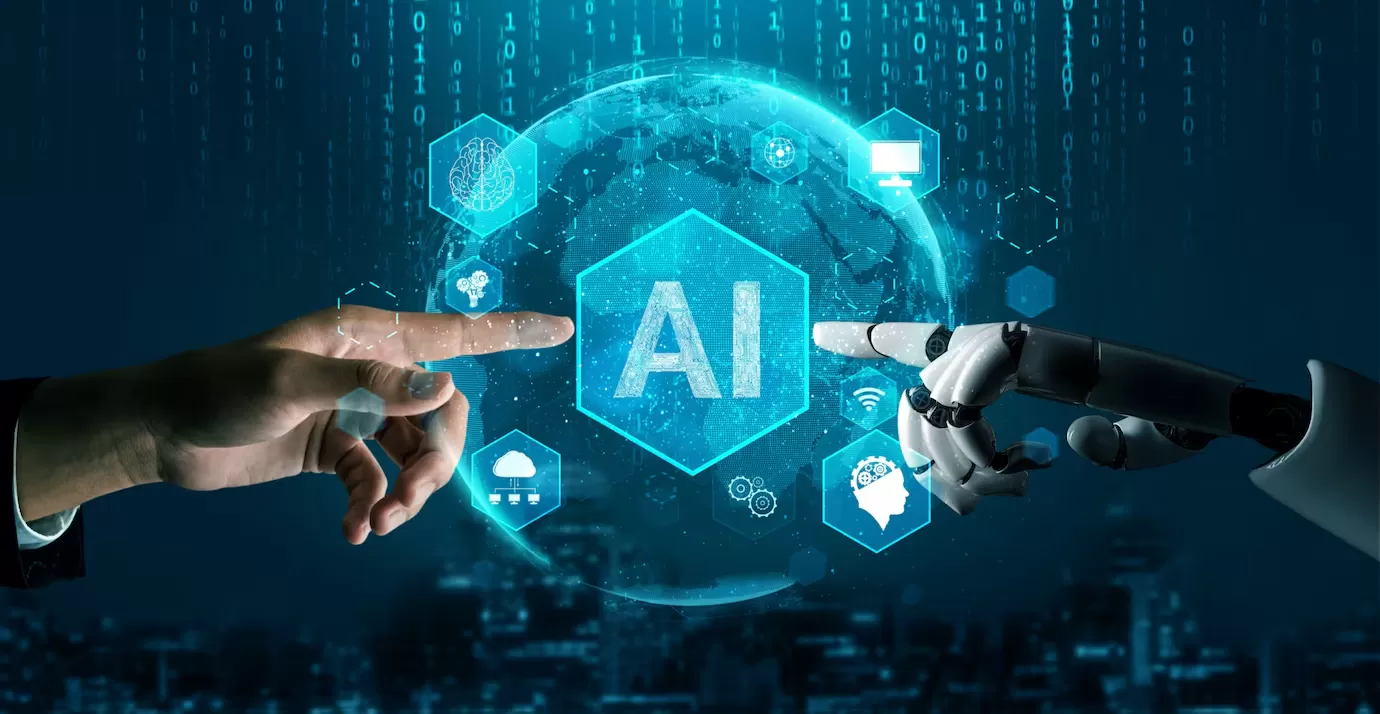
AI in Foreign Policy: Transforming Global Diplomacy

How AI Is Shaping the Future of Entertainment Content

Solving Tech Debt: Smart Strategies That Boost Growth

Software Developer vs. Software Engineer: What’s the Difference?
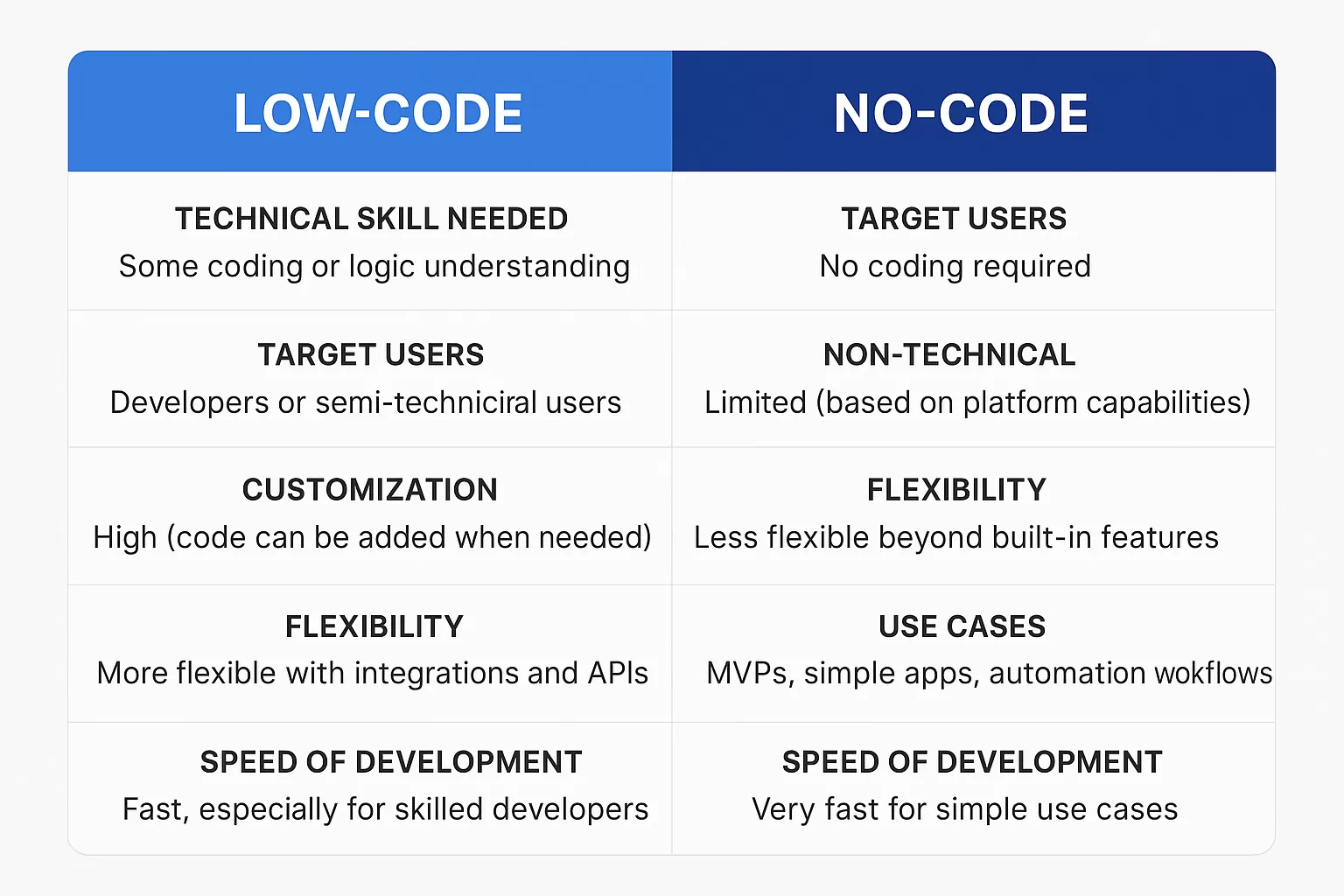
Low-code vs. no-code app development

What Is Digital Transformation? A Modern Business Guide

Top Challenges in Enterprise Application Development & Their Solutions
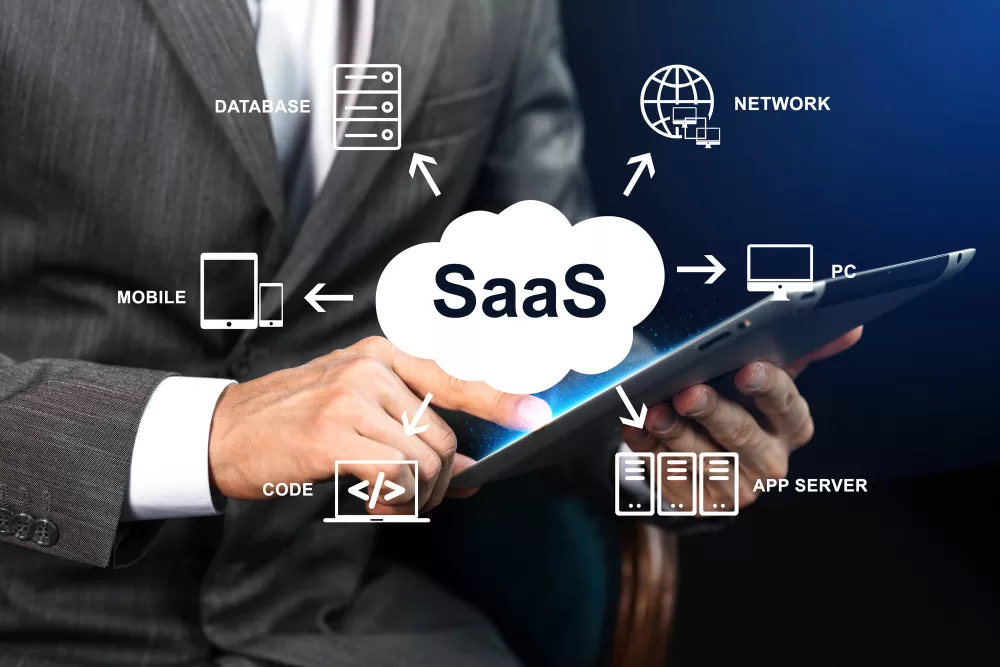
Complete SaaS Application Development Guide 2025

How Programming Outsourcing Works in 2025
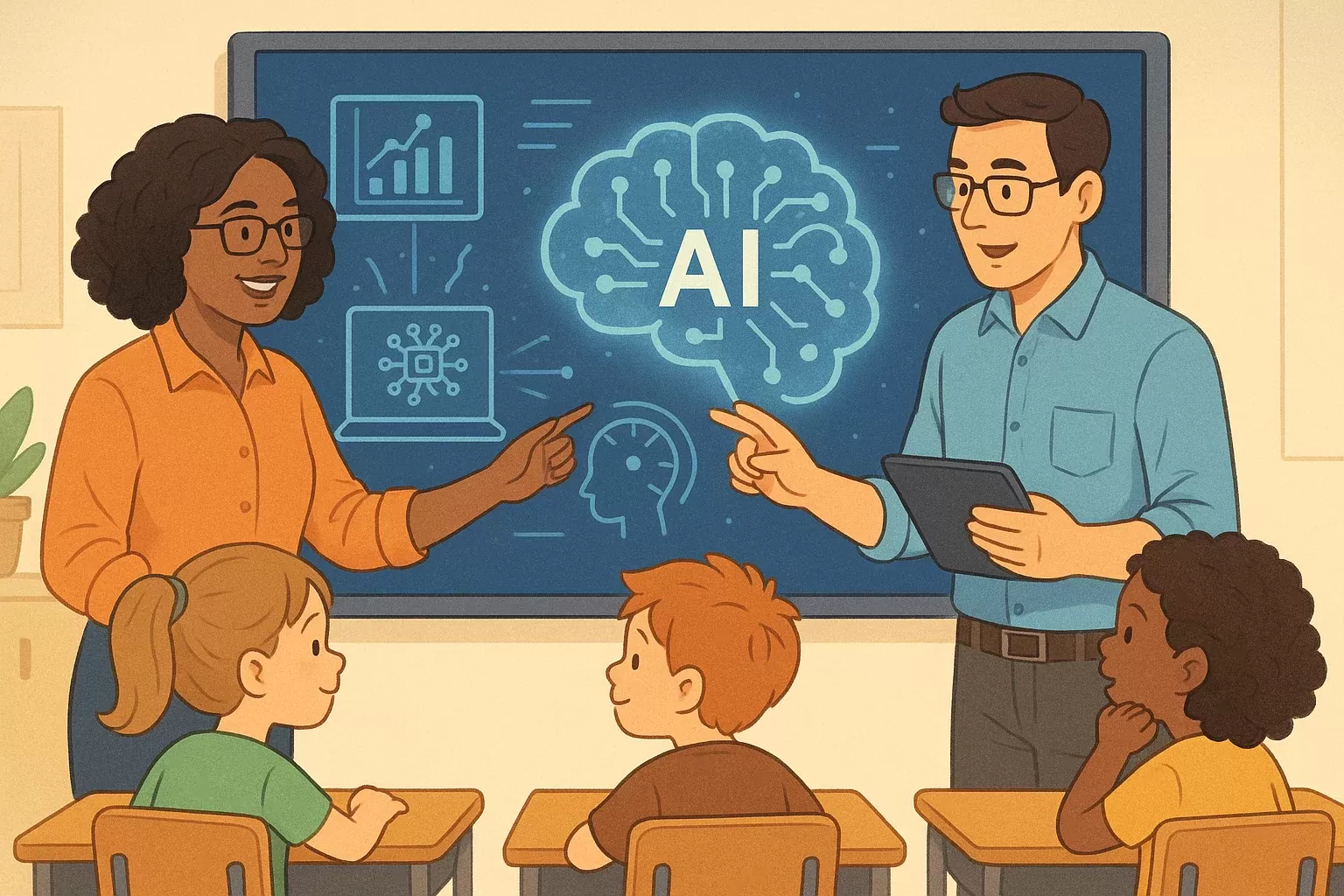
The Psychologist Improving Education with AI Tools